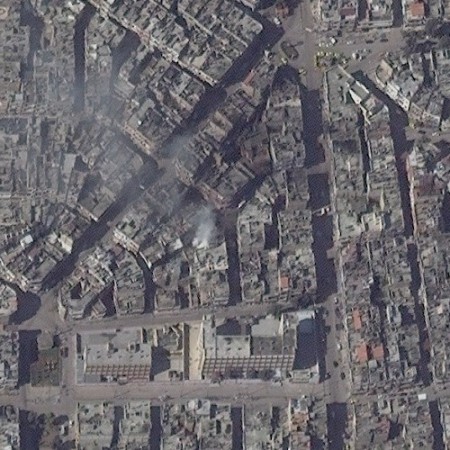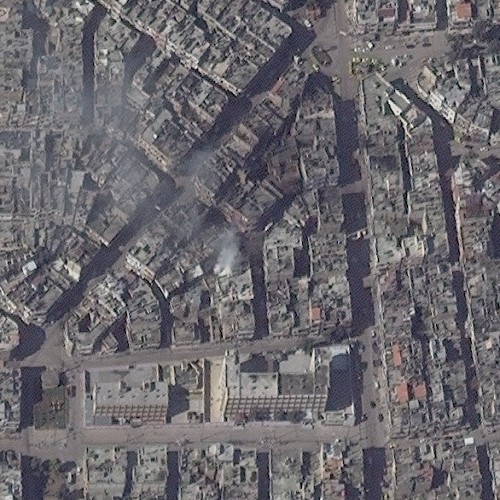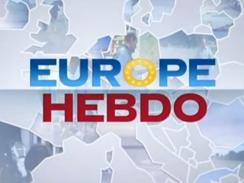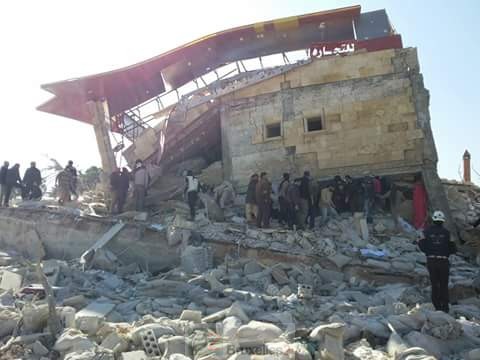Red lines

(BRUSSELS2) The “red line” would have been crossed in Syria with the use of chemical weapons. The United States, after France and the United Kingdom, have just recognized it. And the White House is timid in announcing direct support for the Syrian coalition. Red line, in fact this one is “bogus”.
One red line, one justice of the peace
Let's be clear... In terms of international conflict, there is only one red line and one “justice of the peace”. The red line is the violation of international humanitarian law, of the Geneva conventions, which prohibit attacking civilians, hospitals, neutral people in the conflict (journalists, etc.). And this was crossed a long time ago in the Syrian conflict... There is only one justice of the peace: it is the Security Council where five member states have the right of veto. As long as States respect the authority of the Security Council, and a country with the right of veto uses it, the use of direct force (No Fly zone type) is impossible. It is this hiatus between the red line crossed and the whistle by the “justice of the peace” which signals the prolongation of the conflict for two years now.
The fear of borders overflowing
Because nothing prohibits until further notice (except voluntary commitments), the deliveries of weapons to one of the parties to the conflict. And this has already started well before the announced crossing of a “red line”. It is certainly not the use of chemical weapons that is to blame. On the scale of the conflict which has left nearly 100.000 dead, the impact – although it is frightening – is relatively limited (*), for the moment. It is the crushing of the revolt in Quosseyr, and even more the fear of the conflict spilling over to the Lebanese side and near the Israeli border in the Golan, which leads to a change in media position.
Behind the conflict, another objective?
But we can ask ourselves if the American objective, beyond the Syrian conflict, does not lie elsewhere? Towards Iran? We know that Tehran is deeply engaged in the conflict, delivering arms and ammunition, men and advice, directly (through the Revolutionary Guards), indirectly (via Hezbollah). A conflict that costs him dearly; especially since the regime is already hit by European and American economic sanctions linked to the nuclear program. By engaging in what must be called an arms race, Washington is playing one more card in this economic weakening, with its Gulf allies who have other resources. It also aims to strangle Iranian power, to force it to choose between the nuclear program or support for the Syrian regime, or even to fall... A bet!
(Nicolas Gros-Verheyde)
(*) The Americans speak of 150 deaths. To put this figure, the conflict has reached – for a year – an average rate of 160 deaths… every day.


